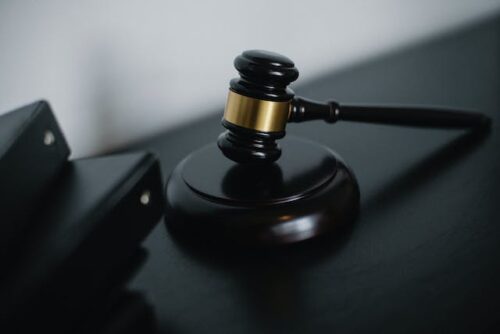
Under premises liability, the owner of a property has the responsibility to maintain it, to repair any damages, and to place a suitable warning so that others are aware of any hazards. For many years, however, courts used a no-fault approach when visitors were injured on another’s property, due to how the doctrine of open and obvious hazards had been interpreted. Keep reading to learn how the “open and obvious” doctrine has evolved. Remember, a Memphis premises liability lawyer can help you get the compensation you deserve.
How Courts Have Traditionally Defined Open and Obvious Hazards
Premises liability law refers to statutes and court decisions on who bears the blame and who deserves compensation in case someone is injured on another’s property. Courts have typically approached premises liability with two legal concepts in mind:
- Property owners know their space best, so they have a duty of care towards visitors that includes removing hazards or adequately warning visitors of the hazard.
And the inverse:
The owner has no liability for injuries resulting from open and obvious hazards that a reasonably perceptive person should simply avoid.
- Some jurisdictions compared the open and obvious rule to other doctrines that prevented a plaintiff from receiving compensation, like contributory negligence (when plaintiffs cannot obtain compensation if they contribute to their own injury) and assumption of risk (when plaintiffs are presumed to have knowingly accepted an obvious risk).
How Tennessee Caselaw Now Defines Open and Obvious
This changed in Tennessee with Coln v. City of Savannah (1998). There, the Tennessee Supreme Court dealt with two cases, both Coln as well as Vancleave v. Markowski (1996).
In Coln, the Tennessee Court of Appeals recognized that the city of Savannah owed a duty of care to the plaintiff, who had tripped over brick pavers in the sidewalk. Notwithstanding, the court considered that a reasonable person would have taken note of the hazard and that the plaintiff was 50% negligent. In Vancleave, the trial court found that no landowner duty was implied, given that the opening in the pool deck should have been apparent to a reasonable person.
The Tennessee Supreme Court took issue with the arbitrary results and inconsistent case law produced by the open and obvious rule. The Court looked to the wide acceptance across the country of the Restatement (Second) of Torts § 343A. The Restatement is published by the Amerian Law Institute, an independent organization that produces treatises “restating” or articulating legal principles and rules.
According to § 343A in the Restatement, a property owner isn’t responsible for open and obvious hazards, unless the property owner has reason to anticipate the visitor may be injured by the hazard, regardless of how open and obvious it is. For example, the property owner might notice that a visitor was distracted.
Therefore, the Court concluded that whether something was considered an open and obvious hazard would be determined by:
- Whether the plaintiff knew and understood the risk
- Whether a reasonable person would notice and understand the risk
- Whether the defendant property owner had reason to anticipate the harm
Reach Out Today
If you’ve been injured on someone else’s property, please don’t hesitate to call our office. We have decades of experience and we’ll have your back every step of the way.
